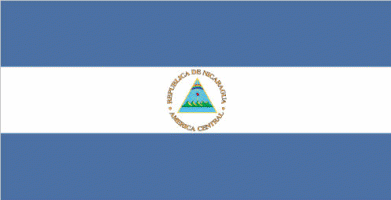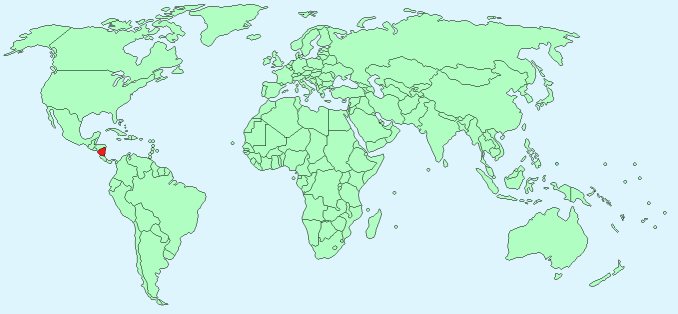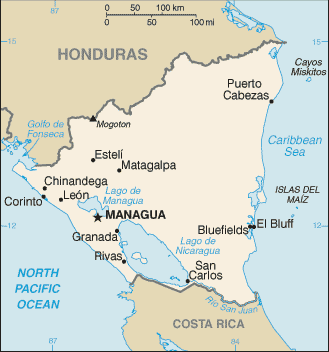Nicaragua


Continent – North America
Region – Central America
Size – 130,370 km²
Geography – interior mountains with coastal plains
Language – Spanish, Indigenous dialects
Religion – Roman Catholic 58.5%, Protestant 23.2%, none 15.7%, other 2.6%
Monetary Unit -Nicaraguan Cordoba
Natural Resources – gold, silver, copper, tungsten, lead, zinc, timber, fish
Agriculture – coffee, bananas, sugarcane, rice, corn, tobacco, cotton, sesame, soya, beans; beef, veal, pork, poultry, dairy products; shrimp, lobsters
Industry – food processing, chemicals, machinery and metal products, knit and woven apparel, petroleum refining and distribution, beverages, footwear, wood, electric wire harness manufacturing, mining

Neighbouring Countries – Honduras, Costa Rica
Population – 5,907,881 (2015 estimate)
Population Growth Rate – 1%
Average Life Expectancy -72.98
Capital City – Managua (951,000)
Highest Mountain – Mogoton (2,438m)
Longest River – Coco River (680 km)
Climate – Tropical climate 21°C to 29°C, slightly cooler in highlands
Yearly Rainfall – 250 cm (approx) mostly June to October
Plant Life – Oak, pine, rosewood, rubber, cedar, ebony, mahogany, orchids
Animal Life – Geoffroy’s spider monkey, jaguar, margay, ocelot, three-toed sloth, northern tamandua, armadillo
Bird Life – parrots, motmot, toucan, hummingbird, golden cheeked warbler, great green macaw, guardabarranco
Aquatic Life – Sea turtles, bull shark, sawfish, midas cichlid,
Harvard Reference for this page:
Heather Y Wheeler. (2015). Nicaragua. Available: https://www.naturalhistoryonthenet.com/Facts_Figures/Country_Facts/nicaragua.htm. Last accessed Tuesday, July 19, 2016
Facts and Figures Pages
